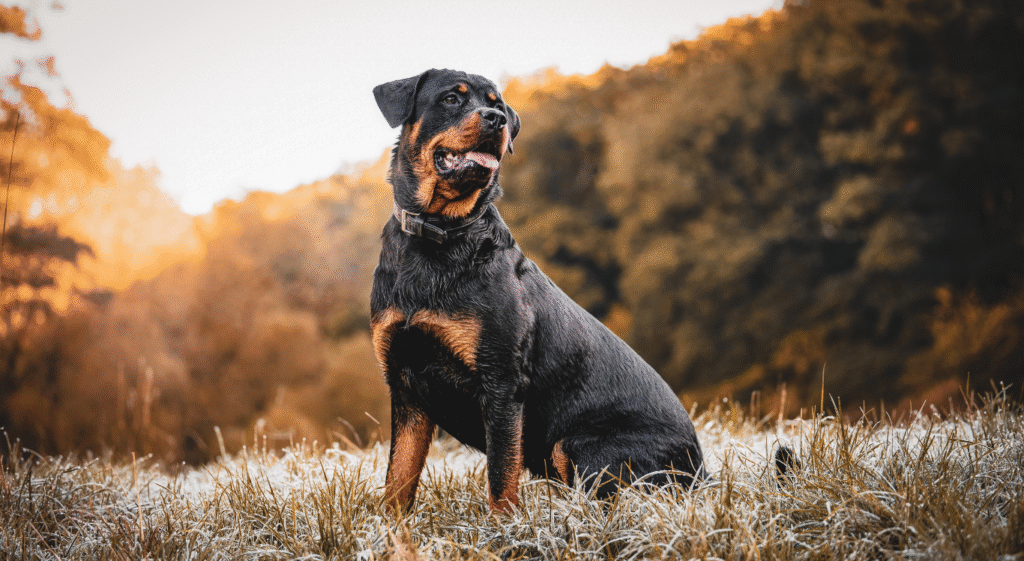Introduction to Dog Breed Bans in India
In recent years, the conversation around dog ownership in India has taken a serious turn, especially concerning certain aggressive breeds. The decision to ban or restrict specific dog breeds usually comes from concerns over public safety. While dogs are often called “man’s best friend,” some breeds, due to their strength, aggression, or history of attacks, are considered dangerous if not trained and handled properly.
In India, state governments and municipal bodies sometimes take action against specific breeds following incidents of dog attacks. The primary aim of such bans is to protect citizens from potential harm and ensure that only trained and experienced handlers keep certain breeds. These bans are not meant to punish the breed itself, but rather to regulate ownership so that public safety is maintained. Understanding which breeds are banned and why can help pet owners make informed choices while also respecting the law.
List of Dog Breeds Banned in India
The banned breeds list can vary slightly depending on the state or city regulations, but certain names come up frequently. Commonly restricted or banned breeds in India include Pit Bull Terrier, American Staffordshire Terrier, Rottweiler, Japanese Tosa, Dogo Argentino, Fila Brasileiro, and Boerboel. Some authorities also place restrictions on breeds like the Neapolitan Mastiff, Cane Corso, and Bandog.
These breeds are often strong, powerful, and originally bred for guarding or fighting purposes. Inexperienced owners may find it difficult to control them, especially in urban environments where space and proper training facilities are limited. The risk is not only to strangers but sometimes even to family members if the dog is not properly socialized. For these reasons, authorities prefer to limit their ownership to prevent unfortunate incidents.
Reasons Behind the Ban
The main reason certain breeds are banned in India is their potential for aggression if not trained properly. Some breeds have a strong prey drive or territorial instincts, making them unsuitable for crowded residential areas.
Over the years, there have been several reported cases of dog attacks involving these breeds, leading to severe injuries and even fatalities. This has created public pressure on the government to take preventive action. By restricting ownership, authorities hope to reduce the risk of such incidents and ensure that only well-trained and socially adjusted dogs live in public spaces.
Legal Aspects of Dog Breed Bans
In India, there is no single nationwide law that bans certain dog breeds. Instead, regulations often come from local municipal bodies, housing societies, or state-level directives. The Animal Welfare Board of India (AWBI) has sometimes issued guidelines on dog ownership, but enforcement depends on local authorities.
If a breed is banned in a particular area, residents may be prohibited from keeping, breeding, or selling that breed. Violating these rules can result in fines or even confiscation of the dog. Pet owners should always check local laws before bringing home a breed that is on the restricted list.Impact on Pet Owners and Breeders
The ban on certain dog breeds affects both pet owners and breeders significantly. For pet owners, it means they may have to give up their beloved pets if local laws change. This can be emotionally devastating, especially for families who have raised the dog from a young age.
For breeders, such bans can mean a loss of income and the need to switch to breeding other, legally allowed breeds. It also forces them to maintain better breeding practices, ensuring dogs are healthy, socialized, and suitable for family environments. The overall aim is to create a safer and more responsible dog-owning community.
Public Safety vs. Dog Rights
One of the biggest debates around dog breed bans is balancing public safety with animal rights. Critics argue that banning breeds punishes the dog rather than the irresponsible owner. They believe that any dog can be safe if trained well and given proper care.
Supporters of the ban say that while training is important, some breeds have physical strength and instincts that make them more dangerous in untrained hands. In densely populated areas like Indian cities, this can lead to serious risks.
Alternatives to Banning Breeds
Instead of banning certain breeds outright, some experts suggest strict licensing and mandatory training for owners of large or aggressive dogs. Regular health checks, obedience training, and microchipping could also help reduce risks.
Creating awareness about responsible pet ownership and providing training resources could allow even strong breeds to live safely in society. This approach focuses on prevention rather than punishment.
Conclusion: The Way Forward
Banning certain dog breeds in India is a complex and sensitive issue. While the aim is to protect the public from potential harm, it also affects pet owners and animal lovers deeply. A balance must be found between safety and compassion.
Responsible ownership, better training facilities, and stricter licensing rules could be the answer to preventing dog attacks without completely banning breeds. As India becomes more urbanized and pet-friendly, laws must evolve to ensure safety while respecting the bond between humans and their dogs.



